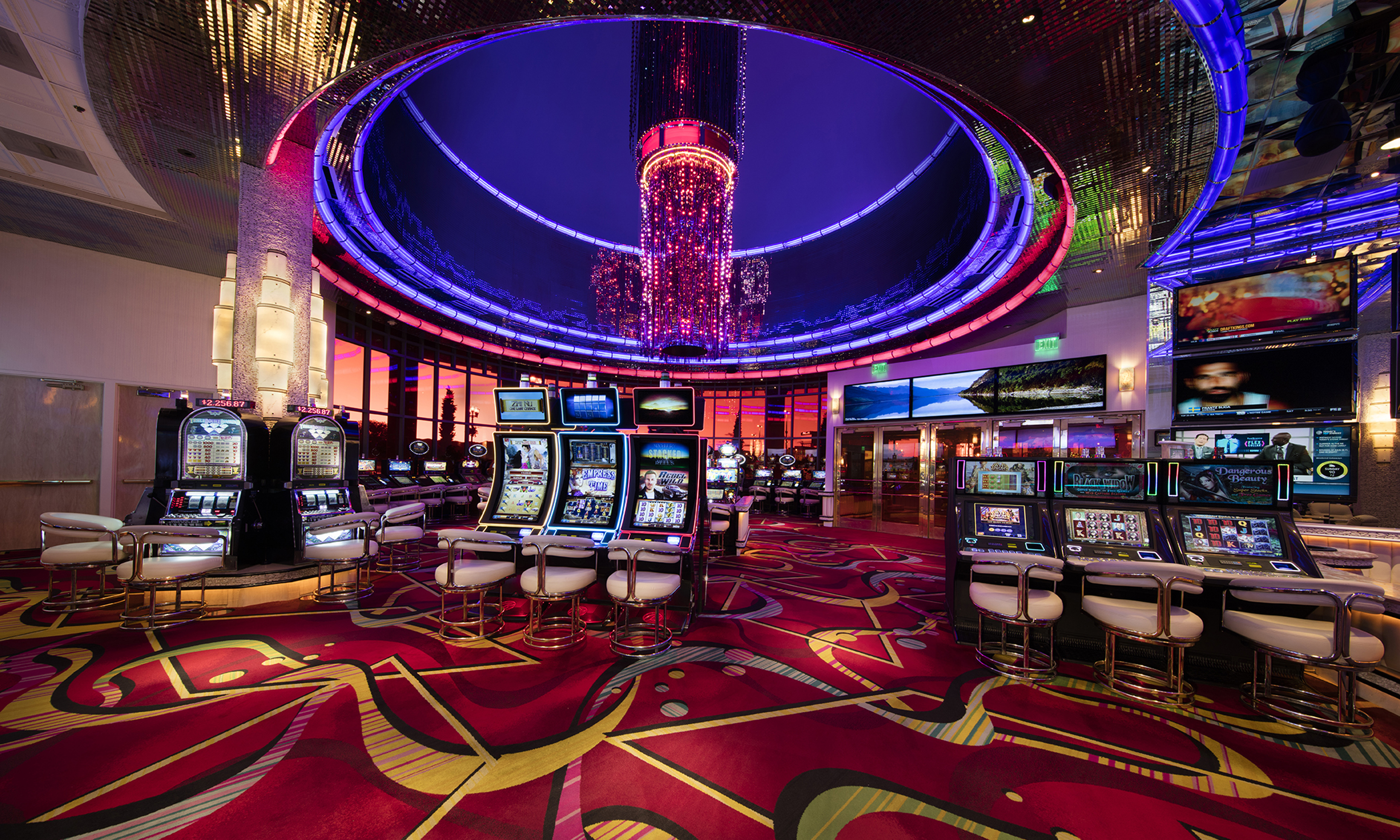
The sphere of gambling entertainment has long enthralled participants with its mix of adventure, tactics, and the suspense of luck. With technology progresses and the gambling landscape changes, an innovative approach known as gamification has commenced to reshape the way we engage with these traditional games. By including gaming features such as tasks, prizes, and monitoring advancement, this approach enhances participant engagement and transforms the classic casino environment into a more lively and immersive environment.
This approach in casino entertainment not only attracts to experienced players but also draws in a fresh generation of players who crave a more involved experience. With elements that promote participation and build community among participants, the game-based features breathe fresh energy into beloved classics like casino poker, 21, and fruit machines. As we dig further into this phenomenon, we will investigate how this trend is transforming the casino atmosphere, making it more accessible, entertaining, and rewarding for everyone involved.
Comprehending Game Mechanics
Gamification refers to the implementation of game-like features in non-game environments to boost player involvement and experience. In the world of casino games, this concept has gathered significant attention, transforming classic gaming into a more dynamic and satisfying experience. By incorporating elements such as points, tiers, and benefits, casinos can build an atmosphere that motivates players to engage more frequently and for extended times.
At the center of this concept is the urge to tap into the internal motivations of players. Casino games that use gamification methods are designed to not only entertain but also to promote competition and success. Players are often attracted to the prompt feedback and advancement monitoring that these elements provide. This not only retains them involved but also nurtures a sense of accomplishment as they attain goals and reveal additional elements.
Moreover, gamification can enhance social engagement among players, creating a community atmosphere that enhances the pleasure of gaming experiences. Features such as leaderboards, team challenges, and teamwork activities allow players to link with others, exchange stories, and battle in a friendly manner. This social aspect adds an extra layer to the gaming experience, allowing it to be even more engaging and pleasurable for players.
Impact on User Interaction
Gaming techniques techniques in gambling games have significantly altered the way users engage with their beloved pastimes. By adding features such as rewards, leaderboards, and trophies, gaming platforms create an setting that fosters a deeper bond between players and the activities they love. This enhanced engagement results to longer gaming periods and increased player dedication, as players work to achieve new milestones or claim exclusive incentives.
Additionally, the interactive component of interactive casino games cannot be overlooked. Several platforms allow players to battle against friends or other gamers, which adds a level of excitement and camaraderie. This rivalry drives engagement by appealing into users’ desire to win, motivating them to revisit for extra in order to enhance their position or showcase their achievements. As a result, the social interactions foster a sense of community that motivates players coming back.
Furthermore, the prompt responses and acknowledgment provided by game elements serve to motivate gamers. Whether a message of a recent achievement or the joy of earning a reward, these instant gratifications play a essential role in maintaining engagement. By regularly rewarding players for their efforts, casino games become more than just a leisure activity; they evolve into an engaging activity that holds users and improves their overall experience.
Trends in Casino Game Design
The entire landscape of gambling game design is regularly evolving, driven by technological advancements and changing player preferences. One significant trend is the incorporation of interactive technologies, such as virtual reality and AR reality, to enhance the gaming experience. These technologies create a more engaging environment, allowing players to perceive as though they are in a physical casino, which can lead to longer play sessions and heightened player satisfaction.
A further trend is the incorporation of narrative elements into casino games. Game designers are concentrating on narratives to create a stronger connection between the player and the game. This story-centric approach not only makes the games more enjoyable but also motivates players to engage emotionally, which can enhance their complete experience. By blending traditional gaming mechanics with engaging stories, developers are drawing in a wider audience who may not have before engaged with casino games.
Lastly, the rise of multiplayer features is reshaping how players interact with casino games. Many games now feature social elements, such as sharing achievements or challenging with friends, to promote social interaction and engagement. https://8ok.today/ This trend reflects a move towards a more participatory experience, where players can link with others, sharing their enthusiasm and struggles. As casinos adapt to these social dynamics, the experience of gaming becomes not just about individual play, but also about building connections among players.
